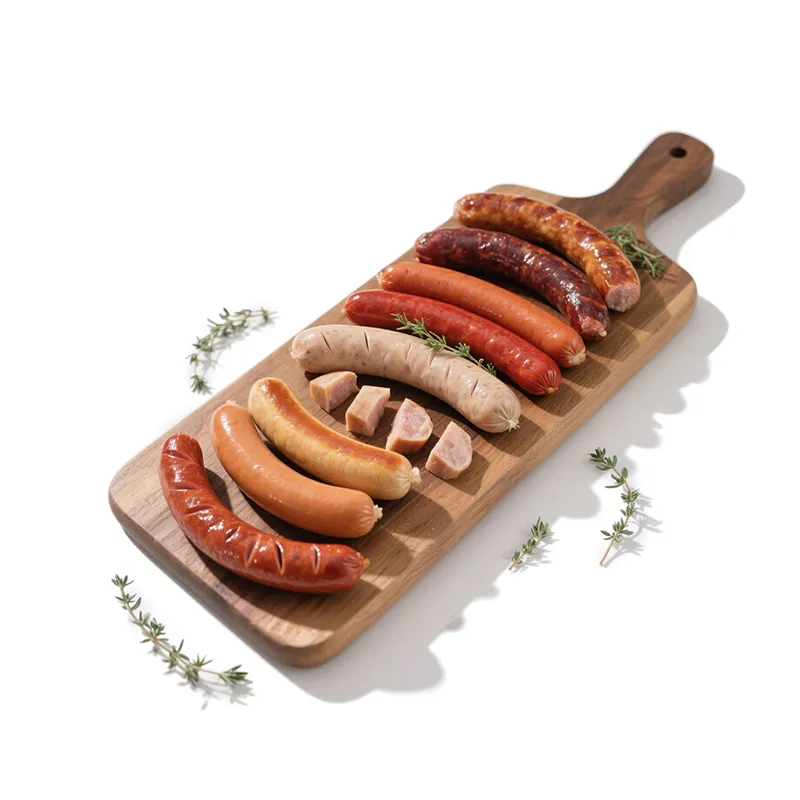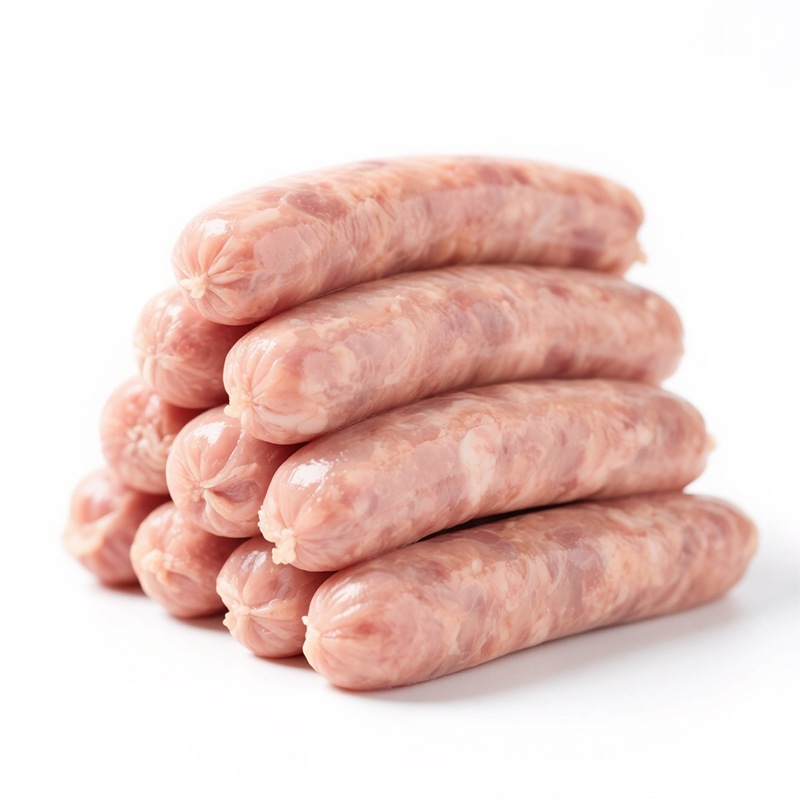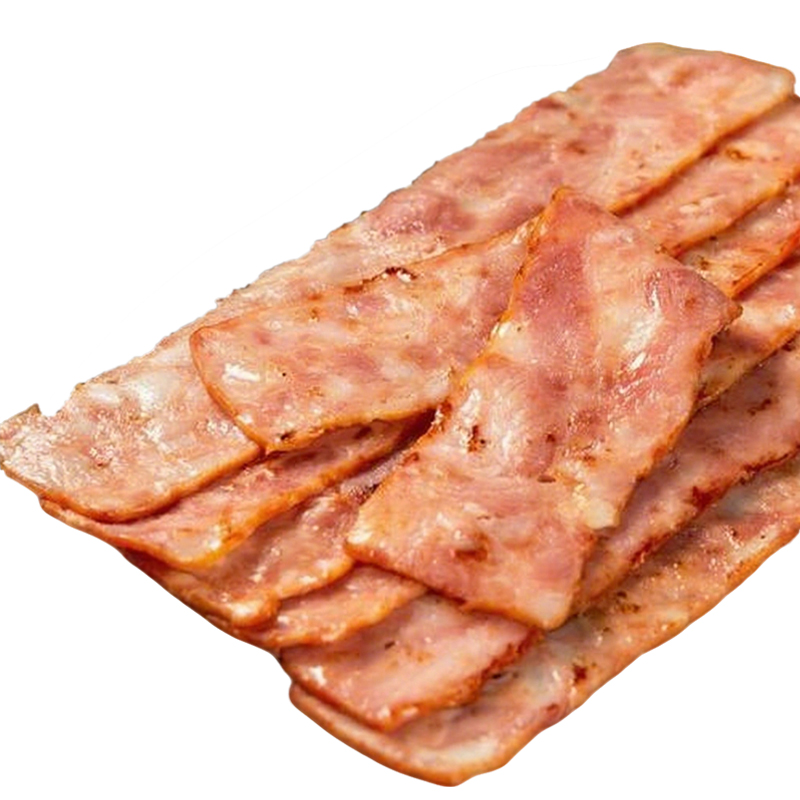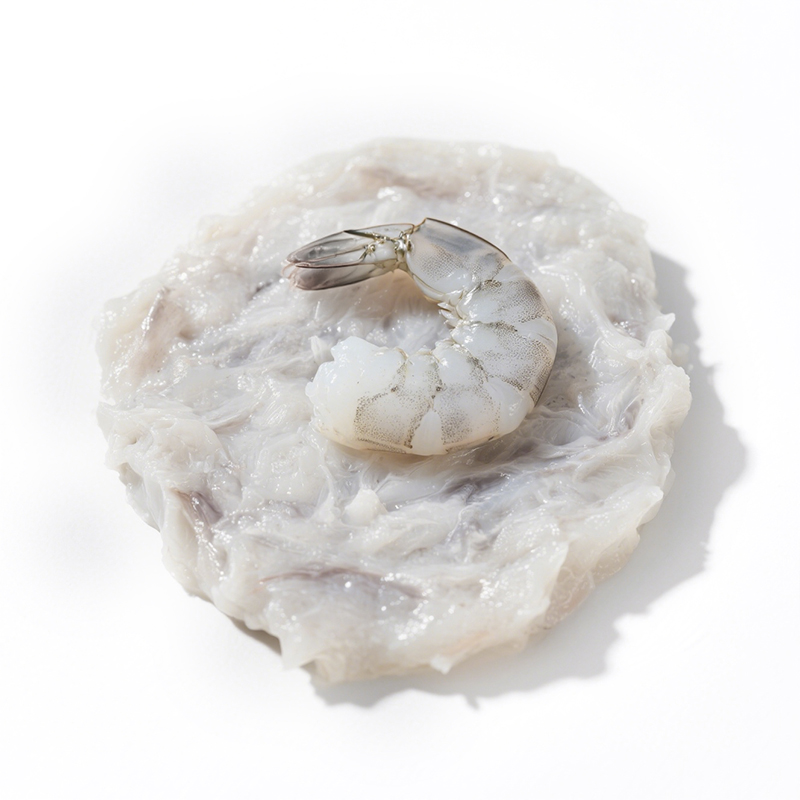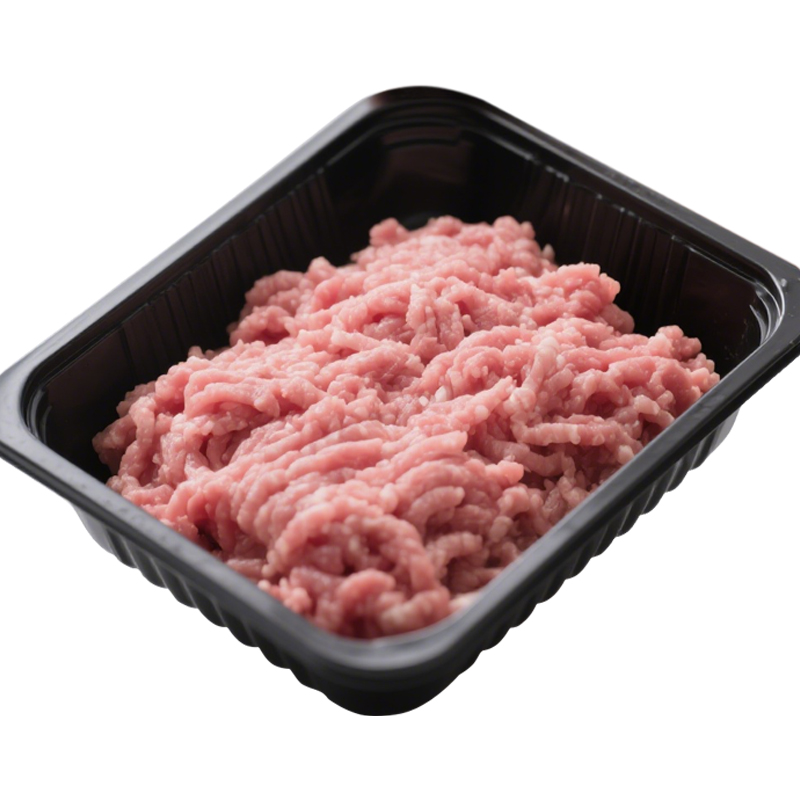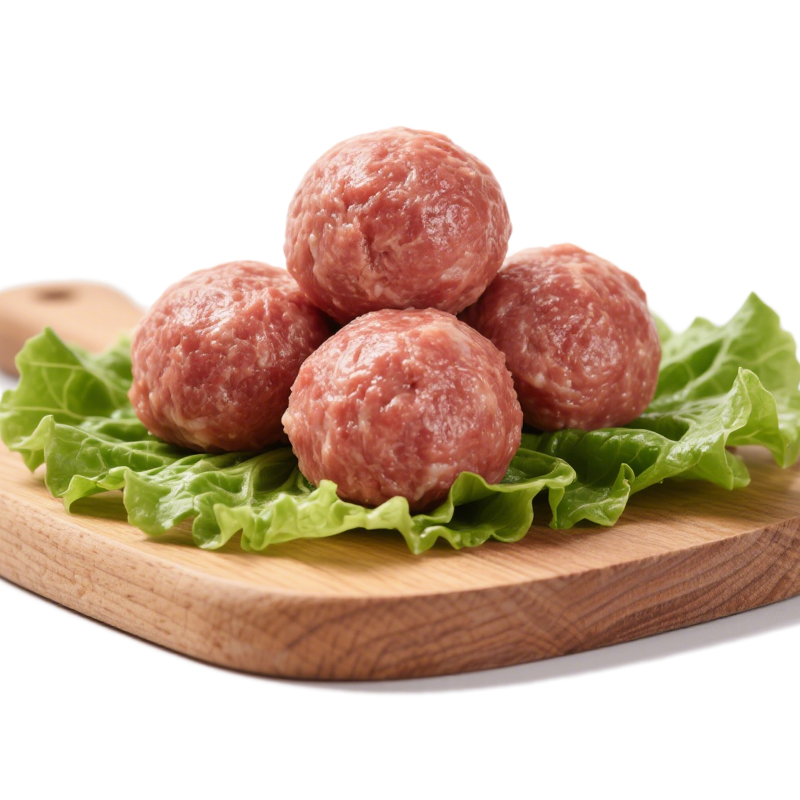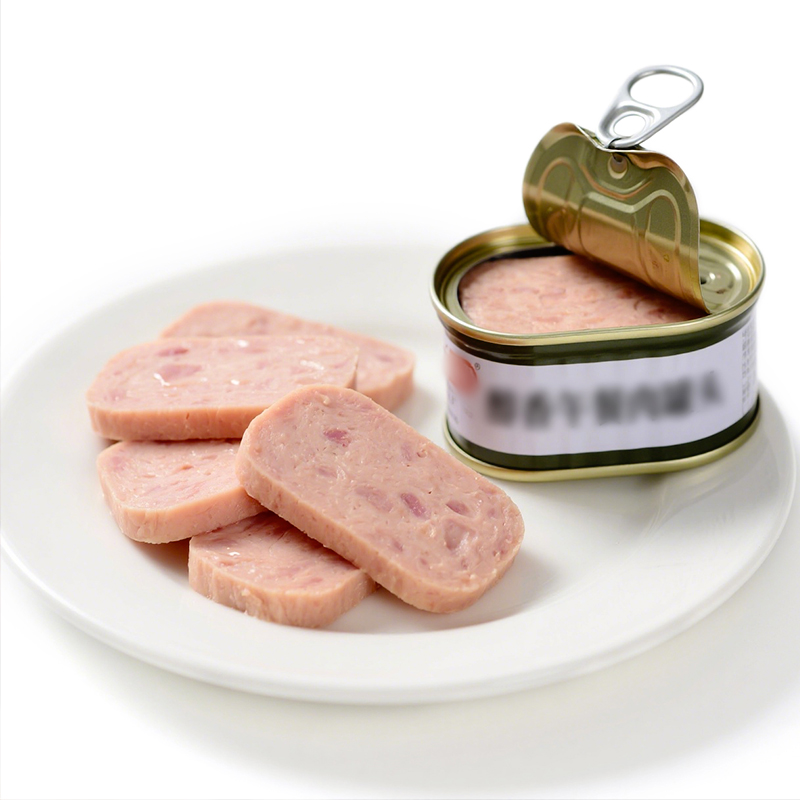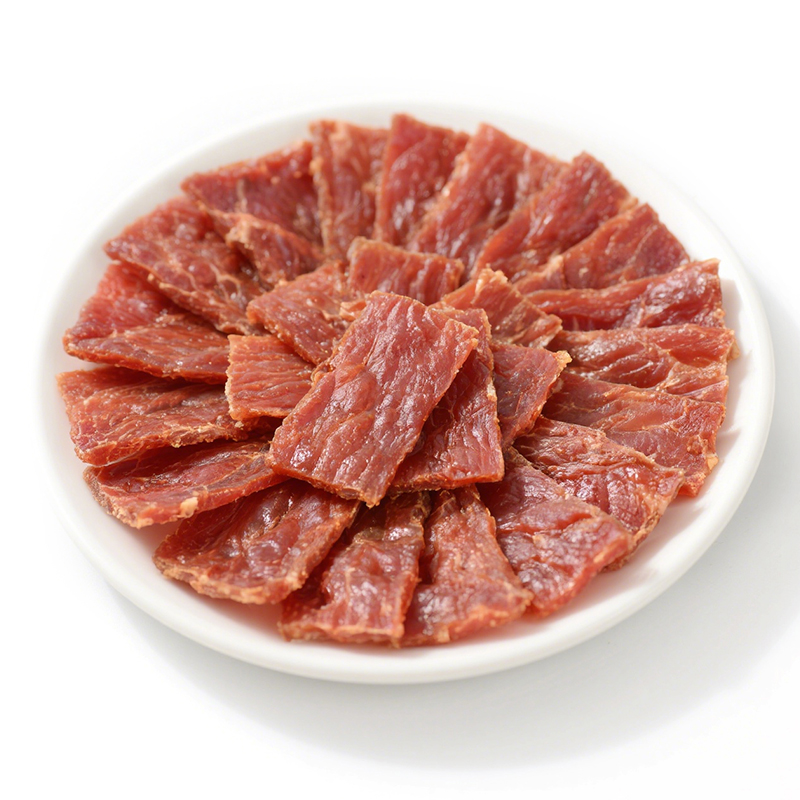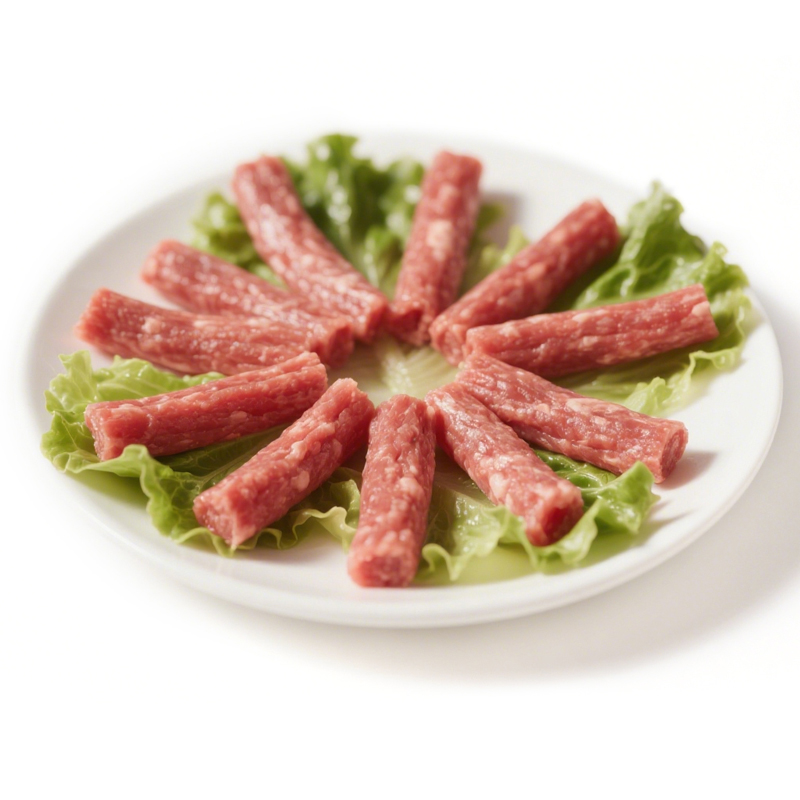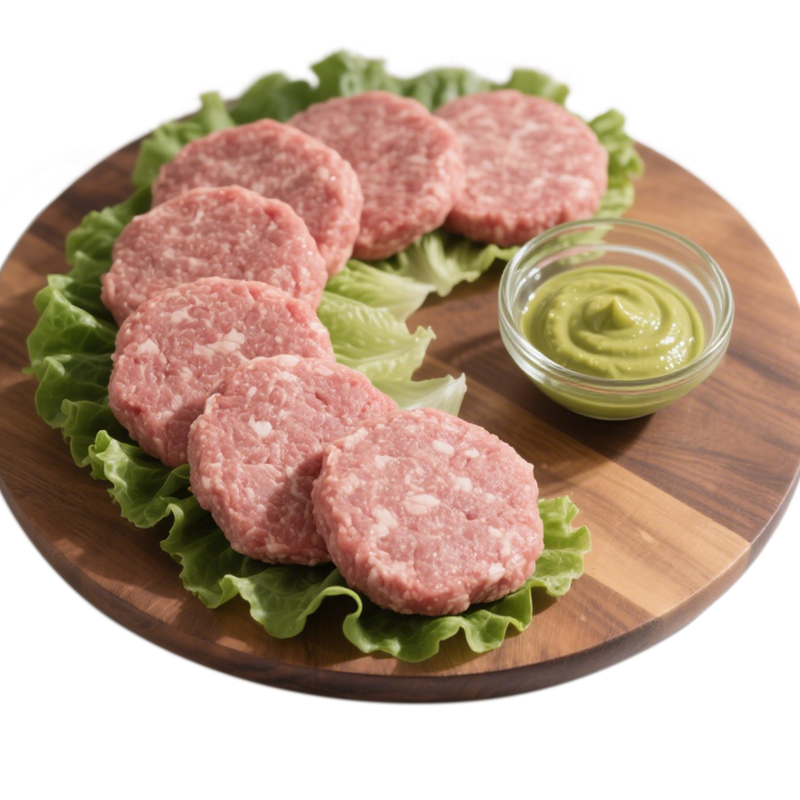Ham is a beloved ingredient known for its versatility, enhancing a wide array of culinary creations, from festive holiday dinners to everyday deli sandwiches. But how is ham processed to achieve its rich flavors and textures? Let’s delve into the intricacies of ham processing, including the various types, curing methods, and the importance of quality sourcing.
Types and Cuts of Ham
Understanding the different types and cuts of ham is vital in appreciating this meat. Ham can be categorized into boneless and bone-in options. Bone-in ham is often preferred for its deeper flavor, as the bone adds an extra layer of richness during cooking. Moreover, specialty varieties such as Black Forest ham, prosciutto, and Jamón Ibérico reflect the diverse global traditions surrounding ham, each offering unique flavors and textures.
Curing Methods
The curing process is crucial in defining the taste and quality of ham. There are two primary methods employed in ham processing:
Dry Curing: Often associated with country hams, this method involves coating the meat in salt to draw out moisture. This technique can take weeks, resulting in a concentrated and robust flavor profile.
Wet Curing (Brining): In this method, hams are submerged in a mixture of salt, sugar, and spices, which tenderizes the meat and enhances its flavor. This quicker processing technique is commonly used for city hams, ensuring a juicy final product.
Both methods are essential for flavor development, highlighting the craftsmanship behind ham processing.
Natural Choices
In today’s health-conscious world, many consumers are seeking all-natural, uncured ham, which is free from antibiotics and artificial ingredients. This emphasis on natural choices not only guarantees better quality but also aligns with a growing preference for transparency in food sourcing.
Quality Sourcing
The journey of ham begins with sourcing pork from humanely raised animals. Responsible farming practices contribute significantly to meat quality, ensuring that consumers receive a product that is both delicious and ethically produced. This commitment to quality sourcing is integral to the ham processing line and the final product’s integrity.

Global Perspective
Ham is enjoyed globally in diverse ways, showcasing its international appeal. From the air-dried prosciutto of Italy to the rich Jamón Ibérico of Spain, each culture brings its unique flair to ham, emphasizing its versatility as a culinary staple.
Recipe Suggestions
To fully embrace the flavors of ham, consider trying some delicious recipes. From an Autumn Apple, Ham, and Goat Cheese Salad to a Brown Sugar Honey Glazed Ham, the options are limitless. Exploring creative ways to incorporate ham into your meals can elevate your dining experience and impress your guests.
In conclusion, the processing of ham involves a meticulous combination of types, curing methods, and ethical sourcing, all of which contribute to its rich flavors and textures. Companies like Foshan Aokai Machinery Technology Co., Ltd. play a pivotal role in the ham processing line, providing the technology and expertise needed to produce high-quality ham that consumers love.

